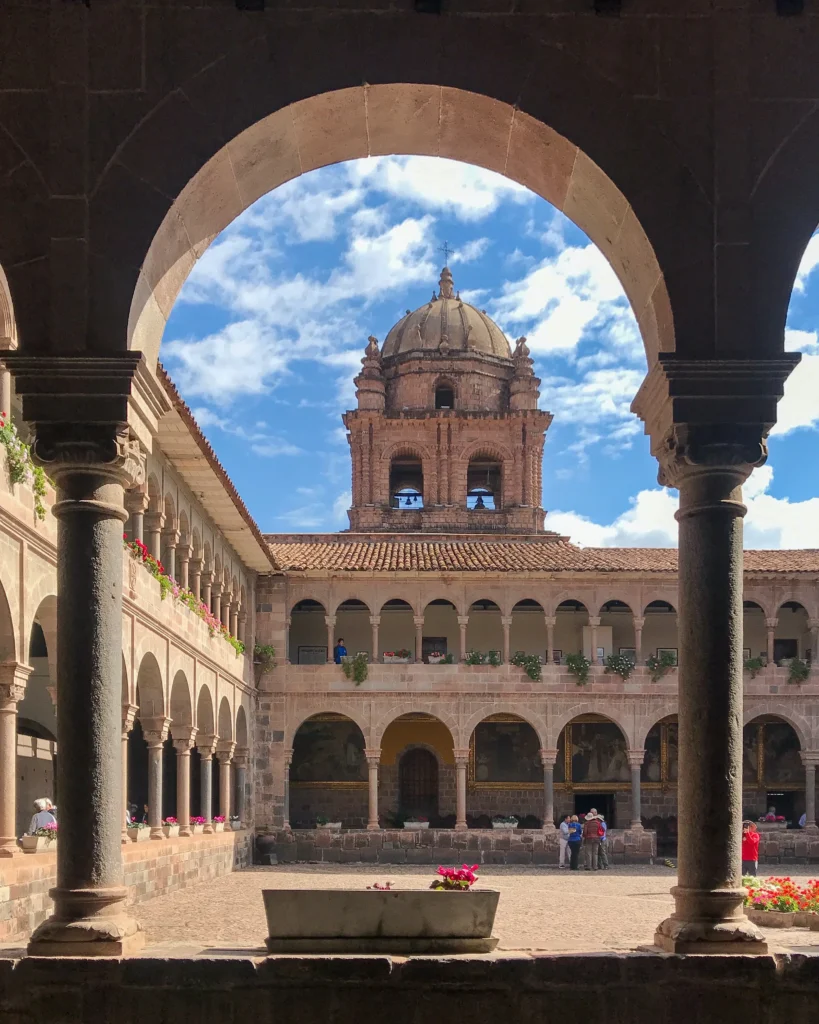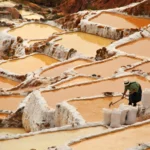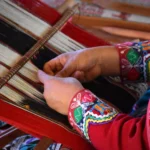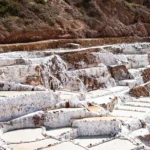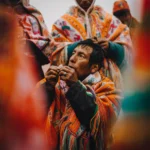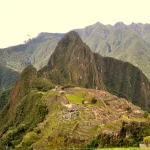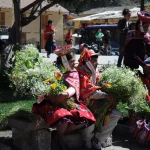The Qoricancha is one of the places I like to visit the most, and I have the privilege of seeing it almost every day when I go to meet travelers and whenever I pass by and look at its walls I always think that it is one of the most sacred and venerated sites of the ancient Inca Empire. Known as the Temple of the Sun,this historic site offers a fascinating window into the glorious past of the Inca civilization. To learn a little more about this place we must take a look into the past, before the arrival of the Spaniards, the Qoriocancha was the spiritual and political center of the Inca Empire. Built with finely cut stones and assembled in a very careful way without the use of mortar, this complex stood out for its sophisticated architecture and the richness of its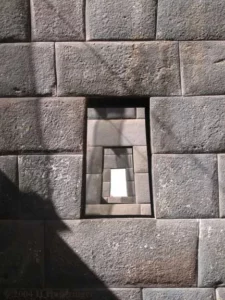 ornaments. Its Quechua name, Qoriocancha, means “golden enclosure” or “golden temple”, reflecting the ostentation and spiritual value it had for the Incas.
ornaments. Its Quechua name, Qoriocancha, means “golden enclosure” or “golden temple”, reflecting the ostentation and spiritual value it had for the Incas.
Today, the Qoriocancha shows a wonderful and interesting contrast between the original Inca architecture and the Spanish colonial construction. During the time of the conquest, the Spaniards dismantled most of the Inca temples and buildings to build the present-day Church of Santo Domingo on the “ruins” of the Qoriocancha. This colonial building stands majestically on the Inca foundations, merging architectural and religious styles.
When exploring the Qoricancha, visitors can appreciate the architectural mastery of the Incas in each of the walls and stone walls that are still preserved. These structures reveal the precision with which the Incas worked stone and their deep respect for the sun, the most important deity, and visiting the Qoricancha creates an immersive cultural experience that allows visitors to understand the rich history and spirituality of the Incas. In addition to the impressive architecture, you can admire the remains of the sacred gardens and the enclosures where important religious ceremonies and rituals were performed.In short, Qoriocancha is not only a tangible testimony to the architectural splendor of the Incas, but also an enduring symbol of the complex interaction between two cultures.
architectural mastery of the Incas in each of the walls and stone walls that are still preserved. These structures reveal the precision with which the Incas worked stone and their deep respect for the sun, the most important deity, and visiting the Qoricancha creates an immersive cultural experience that allows visitors to understand the rich history and spirituality of the Incas. In addition to the impressive architecture, you can admire the remains of the sacred gardens and the enclosures where important religious ceremonies and rituals were performed.In short, Qoriocancha is not only a tangible testimony to the architectural splendor of the Incas, but also an enduring symbol of the complex interaction between two cultures.
Each stone tells a story of power, faith and change, making this site a must-see destination for travelers interested in Peruvian history and culture.



